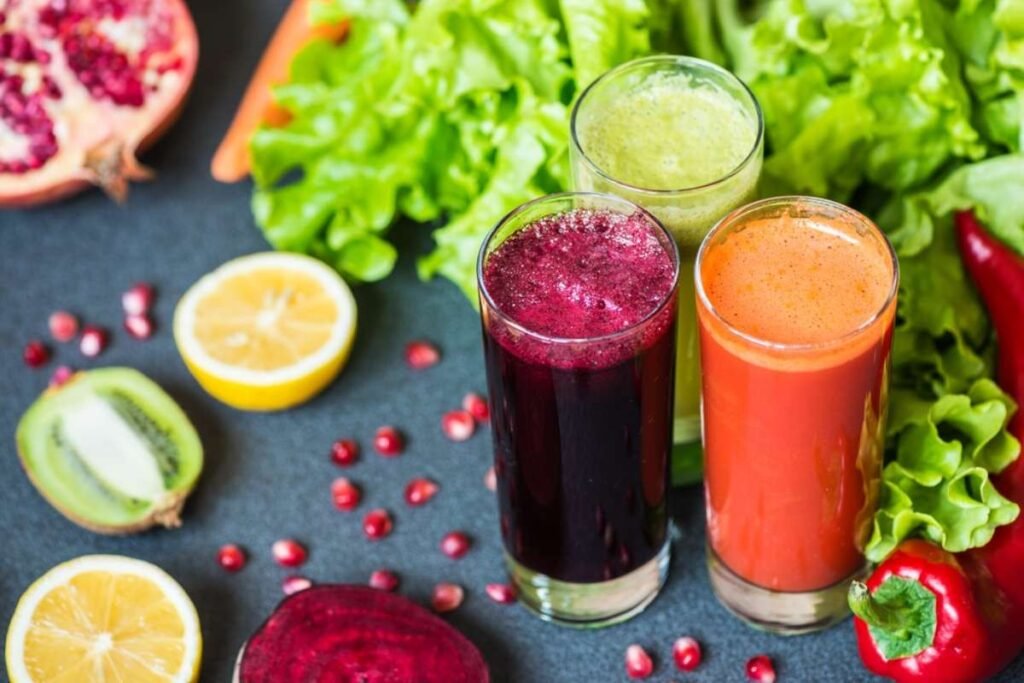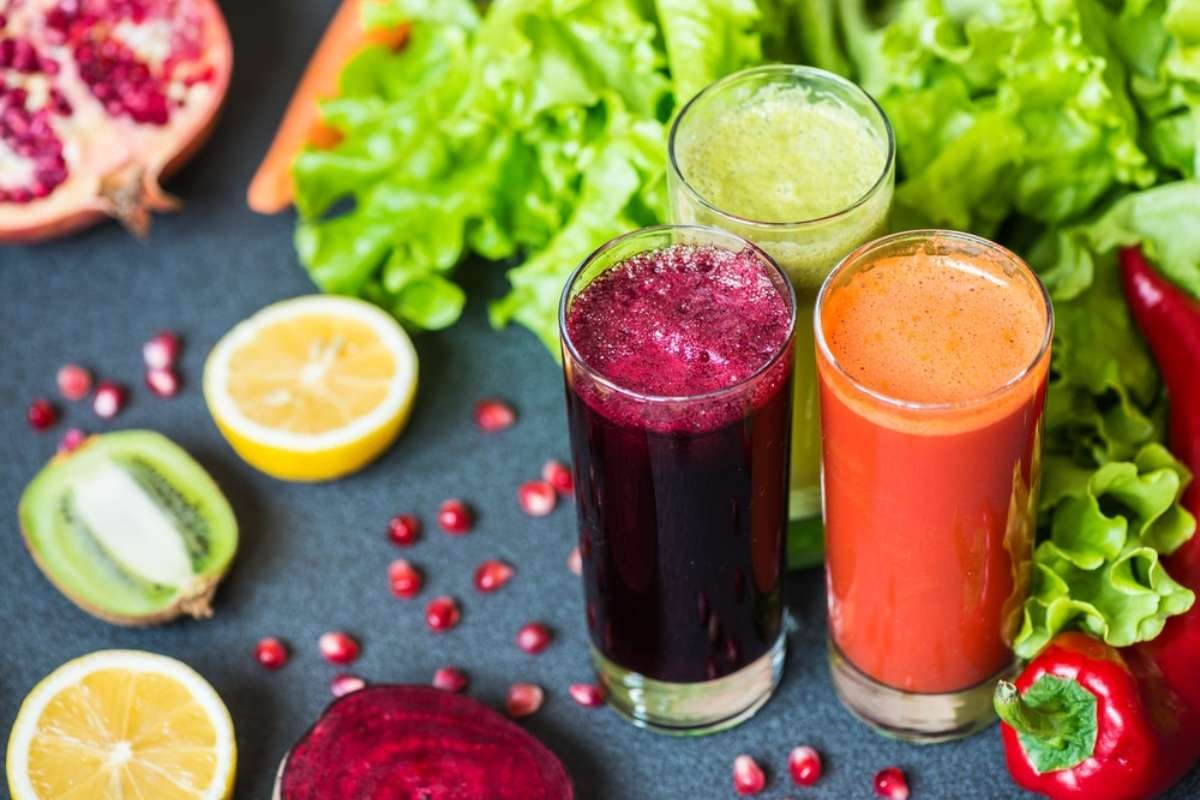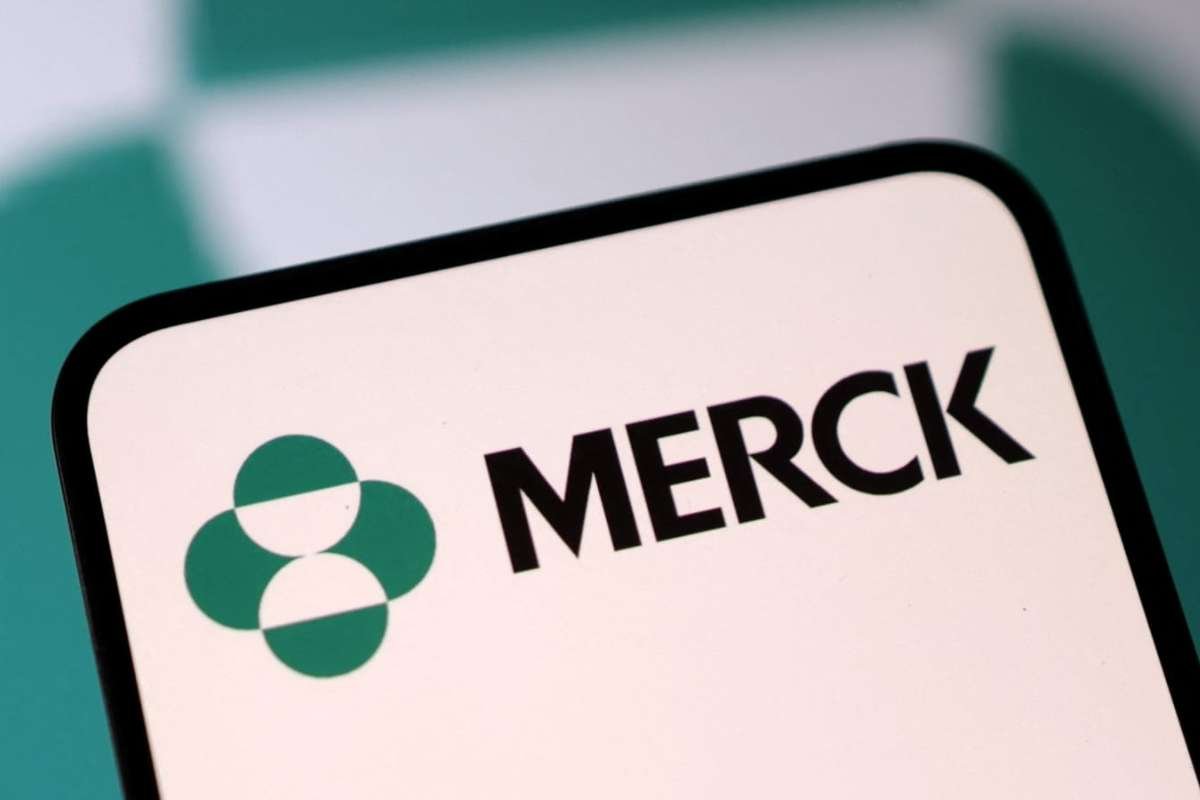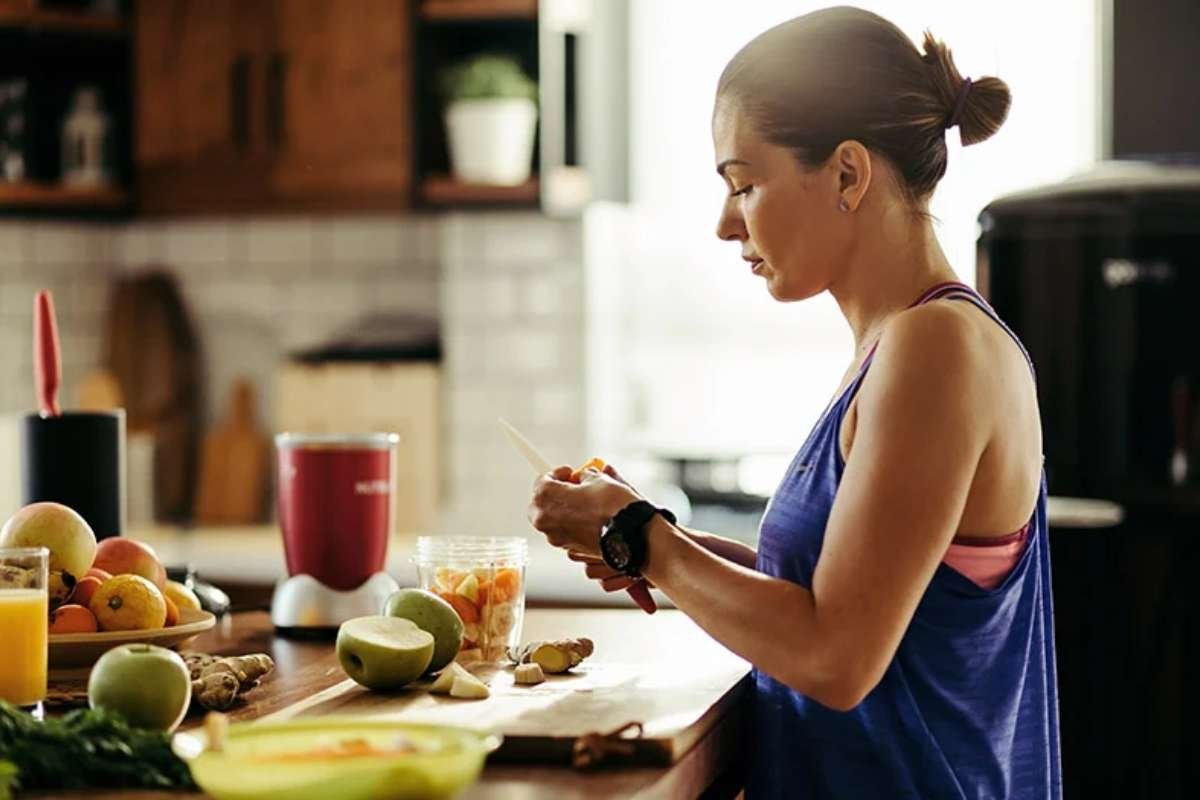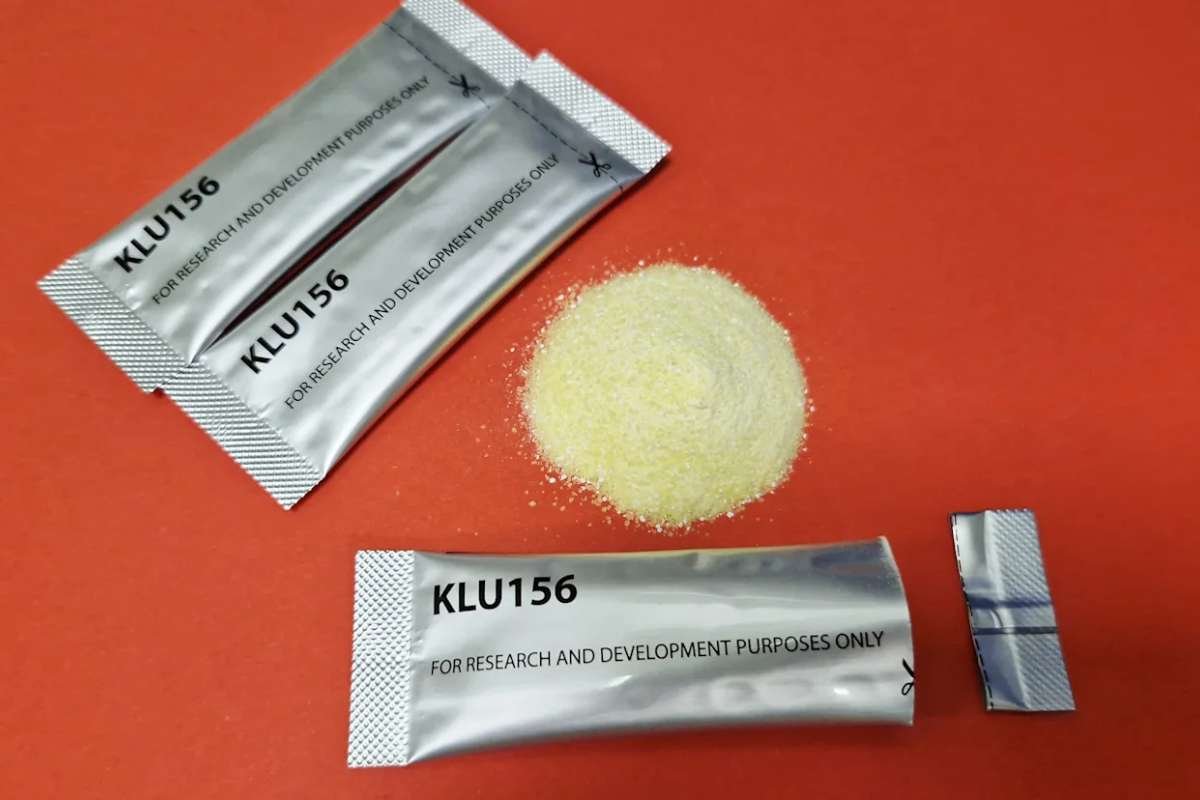When eating solid food becomes difficult, whether due to illness, surgery recovery, or digestive issues, liquid diet foods can help you stay nourished and hydrated. They are easy to consume, gentle on the stomach, and packed with essential nutrients your body needs to heal and stay energized.
From smoothies and broths to soups and protein shakes, these foods provide a simple way to maintain your nutrition without overloading your digestive system. In this guide, we’ll explore the best liquid diet foods, when to use them, and how to keep your diet balanced and healthy.
What are the Different Kinds of Liquid Diet Foods?
Foods in a liquid diet include a wide range of liquids, from clear broths to rich smoothies. Each type serves a specific purpose. Some heal the gut, others help detox or manage calories. These diets provide hydration, nutrients, and easy digestion when solid food isn’t suitable.
Below are the main types of liquid diets, what foods they include, and why those foods are used.
1. Clear Liquid Diet
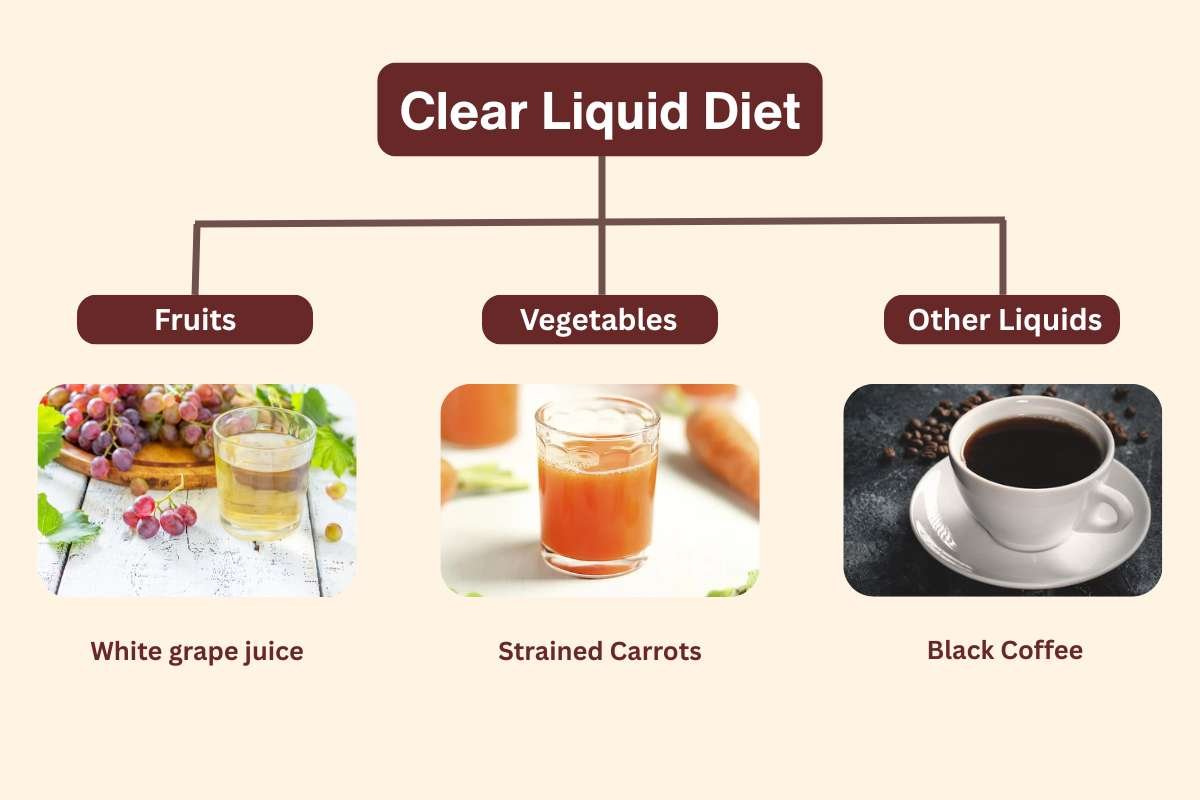
A clear liquid diet is the lightest form of liquid eating. It includes transparent liquids that pass easily through the digestive system. Doctors recommend it before surgeries, medical tests, or during short periods of digestive distress.
Foods Included:
- Fruits: Strained apple juice, white grape juice, and pulp-free lemonade. These provide simple sugars for energy when solid foods are restricted. They’re also rich in hydration and gentle on the stomach.
- Vegetables: Clear vegetable broth made from strained carrots, celery, or onions. These broths give a small amount of minerals like potassium and sodium, which prevent dehydration.
- Other Liquids: Plain gelatin, herbal teas, black coffee, honey water, and electrolyte drinks. They maintain energy and fluid balance without straining the gut.
These foods are chosen because they deliver hydration and a quick energy boost without stimulating digestion. Since they leave no residue, they help the stomach stay empty while still providing comfort and mild nutrition.
One-Day Meal Plan for Clear Liquid Diet Foods
| Time | Meal | Example |
| Breakfast | Clear tea and juice | 1 cup green tea, 1 cup apple juice |
| Mid-Morning | Broth | 1 bowl of clear vegetable broth |
| Lunch | Clear soup | 1 cup chicken broth, ½ cup plain gelatin |
| Afternoon | Sports drink | 1 glass electrolyte drink |
| Dinner | Herbal tea | 1 cup peppermint tea, 1 cup clear broth |
2. Full Liquid Diet

This diet is the next step after clear liquids. Full liquid diet foods include everything from the clear diet, plus thicker, creamier ingredients that melt or blend easily. It’s used during recovery after illness, dental work, or surgery when chewing is uncomfortable.
Foods Included:
- Dairy and Protein: Milk, yogurt, and cream soups. These supply complete proteins and calcium to repair tissues and maintain strength. Yogurt adds probiotics that help gut health.
- Fruits: Smoothies made with bananas, peaches, or mangoes. These fruits are rich in vitamins A and C, offer natural sweetness, and blend into a smooth texture.
- Vegetables: Pureed soups made from pumpkin, tomatoes, or carrots. These soups add fiber, antioxidants, and beta-carotene for immunity and recovery.
- Other Foods: Custard, pudding, and melted ice cream. These calorie-rich foods prevent energy loss and help maintain weight during recovery.
The foods in this diet combine nutrition and comfort. They restore energy, promote healing, and prepare the body to handle solid foods again.
One-Day Meal Plan for Full Liquid Diet Foods
| Time | Meal | Example |
| Breakfast | Fruit smoothie | Banana yogurt smoothie with milk |
| Mid-Morning | Soup | 1 cup creamy tomato soup |
| Lunch | Pureed vegetable soup | Pumpkin soup with milk |
| Afternoon | Protein shake | Vanilla whey shake |
| Dinner | Custard and milk | ½ cup pudding, 1 cup warm milk |
3. Detox Liquid Diet

A detox liquid diet focuses on cleansing the body using nutrient-dense juices and smoothies. It supports the liver, kidneys, and digestive system in removing toxins. It’s usually followed for a few days to improve energy and digestion.
Foods Included:
- Fruits: Citrus fruits like oranges and lemons help flush out toxins through vitamin C and natural acids. Apples and pineapples support metabolism and hydration.
- Vegetables: Leafy greens like spinach and kale supply chlorophyll, which cleanses the blood. Beets and carrots improve liver function and digestion.
- Herbal Liquids: Green tea, chamomile tea, and ginger water aid detoxification, fight inflammation, and improve metabolism.
- Special Add-ins: Coconut water provides electrolytes, while turmeric, mint, and chia seeds boost antioxidants and support skin health.
These foods are included because they nourish while gently encouraging toxin removal. They also restore hydration and provide light energy without overloading the digestive system.
One-Day Meal Plan for Detox Liquid Diet Foods
| Time | Meal | Example |
| Breakfast | Green juice | Spinach, apple, cucumber, and lemon |
| Mid-Morning | Herbal tea | 1 cup ginger tea |
| Lunch | Vegetable juice | Beetroot, carrot, and orange |
| Afternoon | Coconut water | 1 glass of fresh coconut water |
| Dinner | Smoothie | Pineapple, mint, and turmeric blend |
4. Meal Replacement Liquid Diet
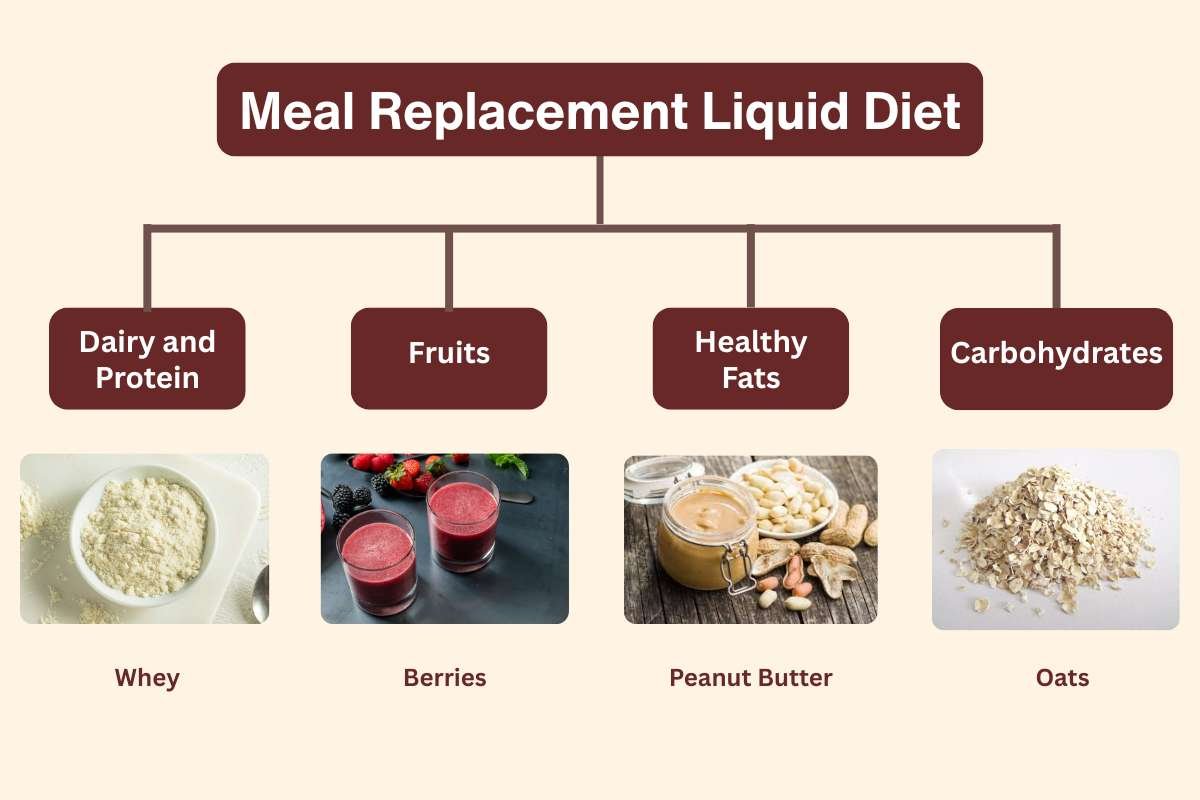
A meal replacement liquid diet food replaces one or more meals with nutrient-balanced shakes or smoothies. It is popular for weight management and convenient nutrition. It offers controlled calories while ensuring the body receives proteins, fats, and carbs.
Foods Included:
- Proteins: Whey, casein, soy, or pea protein powders form the base of most shakes. They help maintain muscle and reduce hunger between meals.
- Fruits and Vegetables: Berries, bananas, kale, and spinach add antioxidants, vitamins, and natural fiber for digestion.
- Healthy Fats: Peanut butter, almond butter, avocado, and chia seeds keep you full longer and balance hormones.
- Carbohydrates: Rolled oats, cooked rice, or whole-grain blends give slow-release energy and prevent blood sugar spikes.
These foods are designed to mimic full meals but in liquid form. Each shake delivers balanced nutrition with fewer calories, making it easier to manage weight without missing essential nutrients.
Also Read : Dextrose Shake: Unleash Your Inner Dynamo
One-Day Meal Plan for Meal Replacement Liquid Diet Foods
| Time | Meal | Example |
| Breakfast | Protein shake | Whey protein, banana, almond milk |
| Mid-Morning | Green smoothie | Kale, spinach, berries |
| Lunch | Meal replacement shake | Chocolate protein with oats |
| Afternoon | Herbal tea | 1 cup green tea |
| Dinner | Light shake | Greek yogurt, honey, and cocoa powder |
5. Blenderized Liquid Diet
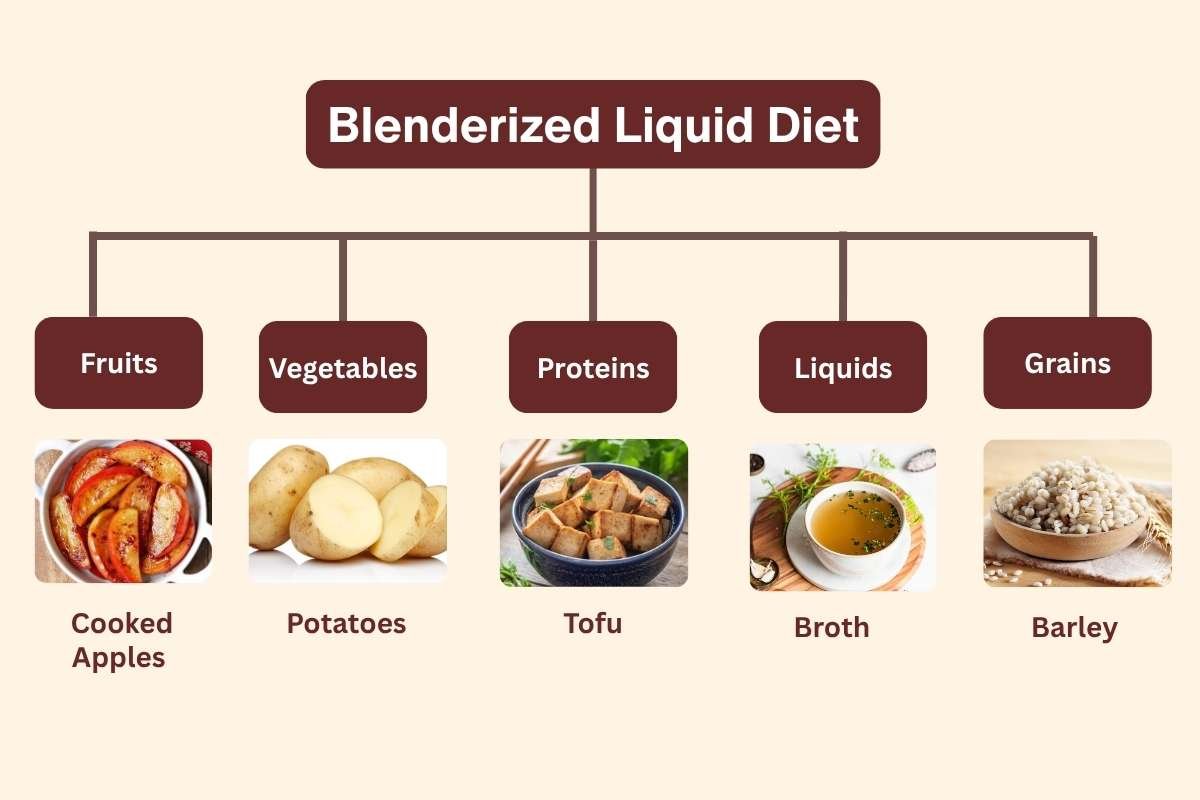
A blenderized liquid diet food turns cooked foods into smooth, drinkable meals. It’s ideal for people who can’t chew or swallow solids but still need complete nutrition. This diet is often used in hospitals or at home after surgery.
Foods Included:
- Fruits: Bananas, cooked apples, and peaches provide natural sugar, potassium, and vitamin C. They blend smoothly into thick, creamy drinks.
- Vegetables: Cooked peas, carrots, potatoes, and spinach add fiber, iron, and vitamins. They are soft enough to puree into soups and blends.
- Proteins: Cooked chicken, tofu, lentils, eggs, or fish offer amino acids for strength and healing. They can be blended with milk or broth for flavor.
- Liquids: Broth, milk, and juice help thin the mixture to the right texture while adding nutrients. Olive oil or ghee adds healthy fat.
- Grains: Cooked rice, oats, or barley supply carbohydrates for lasting energy.
These foods are chosen for variety and nutrition. Together, they give calories, protein, and fiber in an easy-to-swallow form, ensuring balanced meals even without chewing.
One-Day Meal Plan for Blenderized Liquid Diet Foods
| Time | Meal | Example |
| Breakfast | Oatmeal blend | Cooked oats, banana, and milk |
| Mid-Morning | Fruit smoothie | Pear, yogurt, and honey |
| Lunch | Blended soup | Chicken, carrots, and potatoes in broth |
| Afternoon | Smoothie | Peach with almond milk |
| Dinner | Vegetable blend | Peas, tofu, and spinach with broth |
What are the Benefits of a Liquid Diet?
A liquid diet can serve many different purposes depending on your health goals. Some people use it for recovery, while others try it to refresh their eating habits. Understanding its benefits helps you see when and how this diet might be useful.
- Gentle on the digestive system: Since all foods are in liquid form, the stomach and intestines do less work. This allows the digestive tract to rest and recover, especially during illness or recovery.
- Improves hydration: Many liquid diet foods, like juices and broths, are water-rich. This helps prevent dehydration, improves skin health, and maintains normal body functions.
- Quick nutrient absorption: Liquids are absorbed faster than solids, helping nutrients like vitamins and minerals reach the bloodstream quickly. This is especially helpful after illness or for people with weak digestion.
- Supports healing and recovery: Protein shakes, soups, and milk-based drinks give the body nutrients to rebuild tissues and fight infections. A review published in StatPearls (2023) explains that a full liquid diet is typically prescribed for patients recovering from surgery, experiencing digestive irregularities, or transitioning from fasting to solid food
- Aids weight management: Replacing meals with calorie-controlled shakes helps reduce overeating. High-protein liquids can keep you full longer while still providing essential nutrition. According to a 2020 case report published in Integrative Medicine, a 12-week elimination-style liquid diet food helped a 55-year-old woman lose 18 pounds, improve her cholesterol profile, and reduce inflammatory markers.
- Detoxifies the body: Juice-based diets packed with fruits and vegetables remove waste and boost liver function. They also help reset eating habits and reduce processed food intake.
- Convenient and easy to follow: Preparing smoothies or soups takes little time. This makes liquid diets practical for people with busy routines or those who struggle with solid meals.
How Long Should You Stay on a Liquid Diet?
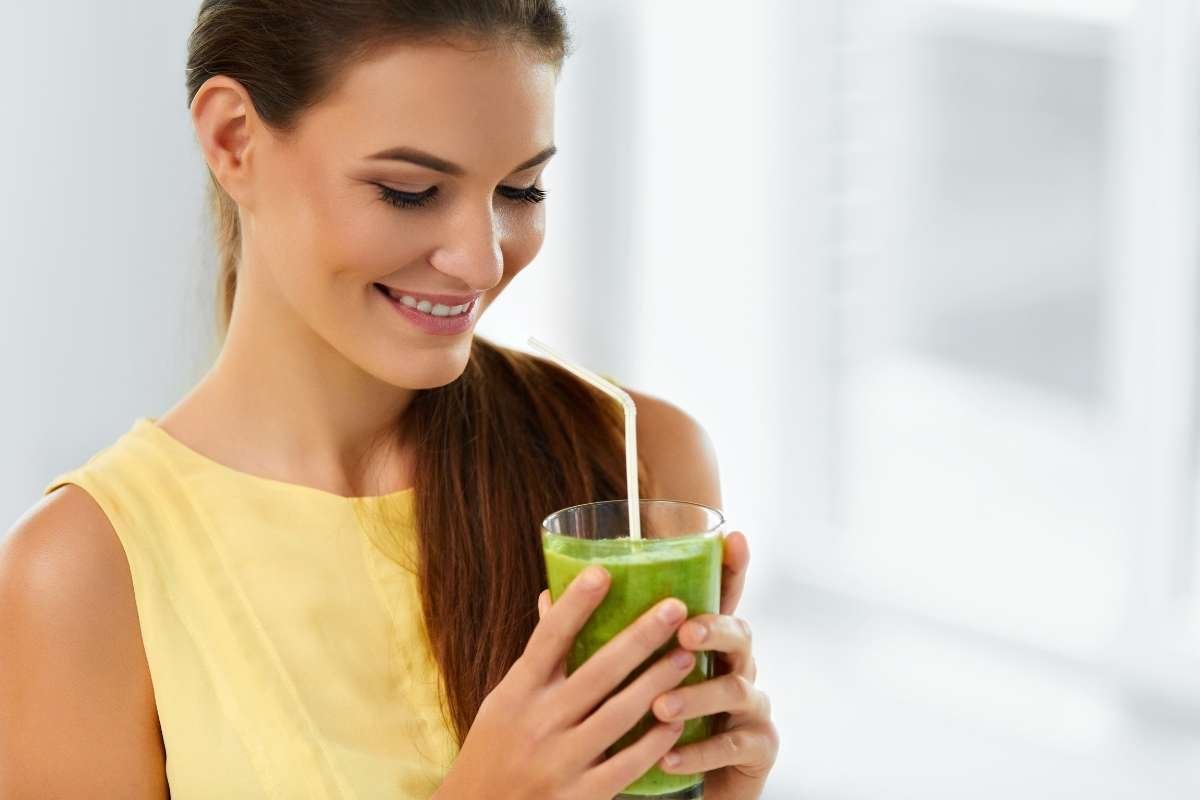
A clear liquid diet should last no more than one to three days unless a doctor advises otherwise. It’s mainly used for short recovery periods or before procedures.
A full liquid or blenderized diet can be continued for one to two weeks, ideally under medical supervision. This allows enough time for healing while maintaining nutrition.
Detox and meal replacement diets can be used for longer periods, but should include at least one solid meal per day for balance. Over time, these diets should shift back to solid foods to avoid deficiencies.
Risks of Following a Liquid Diet
- Nutrient deficiencies: Extended use without solid food may cause low levels of vitamins B, D, and fiber.
- Muscle loss: If protein intake is low, the body may break down muscle tissue for energy.
- Fatigue and weakness: Low-calorie liquid diets food can cause low energy and slow metabolism.
- Digestive issues: Lack of solid foods may lead to constipation due to low fiber intake.
- Difficult to maintain: Social eating becomes challenging, and long-term restriction can affect mood and motivation.
Conclusion
Choosing the right liquid diet foods can make a big difference in your recovery and overall health. They help your body get the nutrients it needs while giving your digestive system time to rest.
Whether you’re sipping on blended soups, smoothies, or protein shakes, a well-planned liquid diet food can keep your energy levels steady and support healing. Always consult a doctor or nutritionist before starting one to ensure it fits your health needs and goals.
FAQ
1. When should someone follow a liquid diet?
Doctors often recommend liquid diets before or after surgery, during digestive issues, or when chewing or swallowing solid foods is difficult.
2. Can I lose weight on a liquid diet?
Yes, some people lose weight on a liquid diet, but it should be done under medical guidance to avoid nutrient deficiencies.
3. What are some healthy liquid diet options?
Nutritious options include blended vegetable soups, fruit smoothies with yogurt, milk-based protein shakes, and clear broths with added nutrients.

